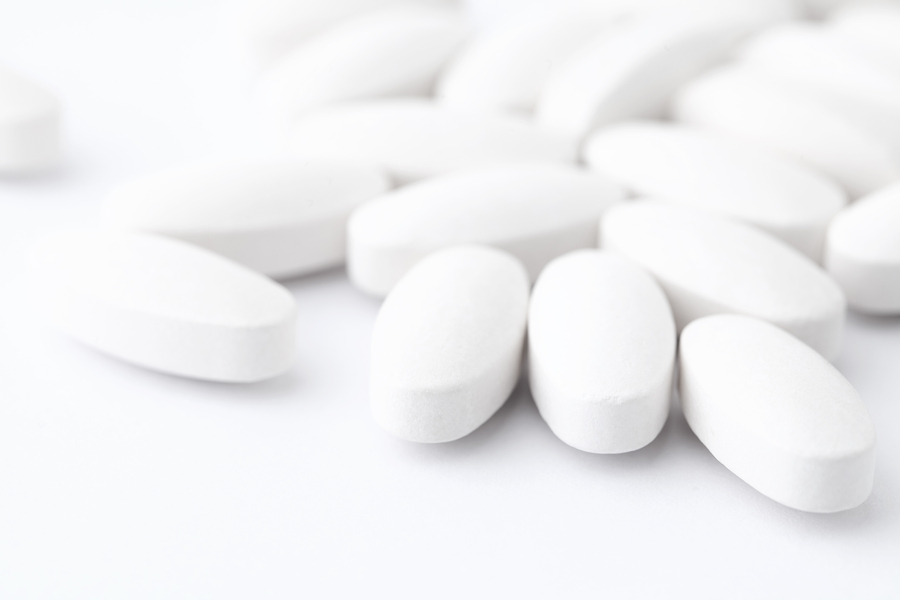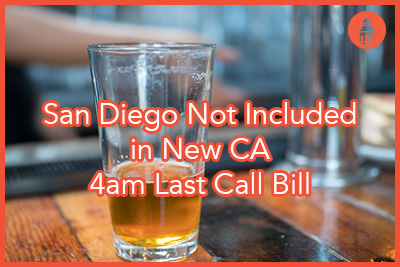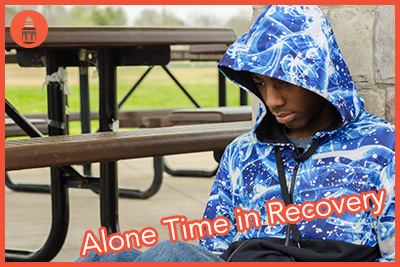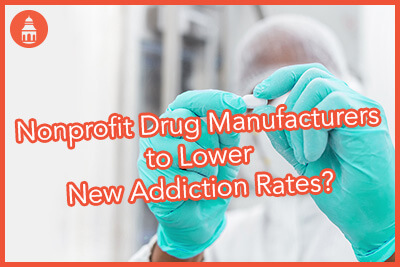
For a long time, prescriptions for addictive painkillers were relatively easy to come by in the United States. Acute injuries and chronic pain alike were treated with painkillers like Percocet and OxyContin as a first line of defense. As a result, the rates of prescription drug abuse, addiction, and death due to overdose spiked across the country.
When it became clear that prescribing practices were contributing to this deadly problem, lots of changes were made. Some opiate drugs were reclassified more strictly. Doctors were required to undergo more training to better understand the nature of opiate painkillers. Doctors and pharmacists were required to make use of statewide databases designed to identify instances of fraud and addiction at an early stage.
All of these measures have had a positive impact on the rates of prescription drug abuse and addiction, and in most cases, patients in need of pharmacological pain management will be able to take a low-dose painkiller for a short period of time and walk away no worse for wear. In some cases, however, even a brief time spent taking a prescription opiate can lead to addiction.
Are you at risk?
Tolerance
One of the first signs of an addiction is building a tolerance to the medication you are taking. A doctor who is well trained will start by providing you with a low-dose painkiller for a finite period of time, requiring a check-in when the prescription runs out before giving you a refill. For some people, this is plenty, and by the time the prescription runs out or before, their pain is under control. But if you find that you reach the end of your prescription, no longer experience pain relief from your dose, and require a larger dose to get an effect, then you are building a tolerance to the medication – the first step in physical dependence.
Ignoring Doctors’ Orders
Tolerance is only a problem if it triggers other behaviors. Almost everyone who takes prescription painkillers for a long period of time will develop a tolerance to the medication and a physical dependence, but when that leads to going outside of prescription’s parameters in order to boost the effect of the pills, there is a problem.
Ignoring the boundaries put in place by a painkiller prescription can take many forms, including:
- Taking a larger dose than prescribed
- Taking the recommended dose more often than prescribed
- Combining use of painkillers with other mind-altering substances (e.g., alcohol, benzodiazepines, and any illicit substance)
- Crushing pills before snorting them, swallowing the powder, or dissolving the powder in water and injecting the solution
These practices increase the risk of overdose and also increase the likelihood of developing an addiction to the medication.
Mixing
When you combine prescription painkillers with other substances, the risk of fatal overdose is significantly increased. There is a synergistic effect that occurs when substances like alcohol and painkillers, or benzodiazepines and painkillers, are combined. That is, both drugs are significantly more potent when combined than they would be if their individual effects were simply added together. If one thing is off – the dose of painkillers is too high, the amount of the combination substance is too much, the person’s body or brain chemistry is slightly altered for any reason – this practice can very easily cause overdose. If the overdose is not fatal, repetition of triggering the pleasure and reward pathway in the brain so intensely will serve to significantly increase the risk of relapse.
Cravings
Spending copious amounts of time focused on getting more pills and managing the pills that remain in order to stay high defines the cravings experienced by people who are living with a painkiller addiction. If they are without pills or if their supply is threatened, cravings will often contribute to a state of high stress and agitation until the situation is resolved.
Withdrawal Symptoms
The withdrawal symptoms associated with the cessation of painkiller use when an addiction is present are significant. They often begin within a few hours of the missed dose and slowly build in number and intensity over the next 72 hours. At their height, they can linger for days, until they slowly begin to fade.
Withdrawal symptoms, like tolerance, do not necessarily indicate an addiction to painkillers. Anyone who has a tolerance for any medication will experience withdrawal symptoms should they suddenly stop taking that drug. But when a tolerance and withdrawal symptoms are coupled with cravings and other negative consequences, addiction is an issue.
Negative Consequences
Perhaps some of the greatest signs of that a painkiller addiction has developed are the negative consequences that result due to painkiller abuse. For everyone, these will be different but can include problems in relationships, issues at work including missed work and losing employment, health problems, legal difficulties, and more. If you experience a host of negative consequences due to painkiller use and still are unable to stop using the drugs or manage use more effectively, painkiller addiction is likely the diagnosis and treatment is recommended immediately.
No Matter How It Starts, Treatment Can Help
Whether an addiction to painkillers began as a result of a legitimate prescription or nonmedical use of the drugs, waiting to get treatment can be a fatal mistake. Learn more about the range of options available in painkiller addiction treatment today.



